
After beginning my work week by ticking off both a bull and a five-foot rat snake on Monday, I think I’ve done alright so far. Thankfully, it wasn’t a Brahman bull, otherwise I wouldn’t be alive to write this. The rat snake was pretty annoyed that I woke him up, but I had a weapon; with his side eye, he saw some guy on a forklift coming for him. Note to self: rat snakes move pretty darn fast! I’ll have to start bringing my katana sword to work, but then the bull would probably laugh at me. Oh well, he’s not that swift anyway, or knowledgeable of anything except not wanting to move out of the way when I need him to. Maybe fireworks are a better option.
Well, I did some proper research this week. Some of it will be on the 2nd Annual Historic Magnolia Cemetery Tour in October. It involves the origins of Martha Mack (McFaddin) and the Martha Mack Cemetery located between what is now Marina Drive and the end of Elm St. This research is ongoing. I’ll have more material in October. Martha was born in Tennessee around 1842—a census states that she was thirty-eight in 1880. She worked as a laundress for the McFaddins. The cemetery was on land deeded to her by W. P. H. McFaddin.
Martha had five children, but Roxie Patillo and Basheba Simpson Plummer were the only ones I could find a bit more information on. According to the 1880 census, their father was Henry E. Simpson, Jefferson County clerk. If anyone has information on the Patillo or Simpson family, then I’m “all ears,” as Ross Perot, a businessman and 1992 Texas presidential candidate, said after he screwed up some of y’all’s high school football expectations. No Pass, No Play was brutal for people who cared.
Speaking of high school football, what was the last high school from Port Arthur to win a state title? Bishop Byrne Shamrocks 1952. Don’t give me that crap that they didn’t play anyone. They beat your Bum Phillips 34-13 at Nederland, and French High 26-0. Of course, they did it with Raymond Meyer. (Visit the Museum of the Gulf Coast for more on him.)

My father was on that team (#17), and he told me stories of Ray. Legend has it that they would chain him up to the entrance of the visiting teams’ locker room like a junkyard dog for effect. It worked that year. He would have gone pro, but he blew out his knee training for the 49ers. He and his dad went into the barber business and used to cut my hair. That was the nicest Goliath I’ve ever been around.
Also, a shout-out to Bobby Barras, who was also on that team. My father, Bobby, and I went to Rice Stadium in 1977 for the State Finals, where Bishop Byrne appeared again. They played St. Pius; Gary Kubiak, of Denver Bronco fame, was on that team. I know him as a quarterback who ignored his coach’s call for a field goal in his college days. The coach let him do his thing and, well, they lost. That sums up his playing days. I guess he may have had a better coaching role, but I don’t follow Danny White (Dallas Cowboy)-grade QBs. Anyway, the Green Machine lost 21-13, so to drown our sorrows, we went to Luby’s to indulge in tea and water-filled cups of vegetables. I ordered two or three versions of potatoes, which intrigued Bobby. He asked me why I was eating different kinds of potatoes. My reply was clear: “Because I’m honoring the little Irish heritage I have.” I don’t think he talked to me anymore. Thinking back, I wasn’t a good kid—but I digress.
The dates have been set for this year’s Historic Magnolia Cemetery Tour. They are on Thursday, October 20th, from 4:30 p.m. to 6:30 p.m., and Saturday, October 22nd, from 10 a.m. to 2 p.m. It’s free to all who want to learn not only Beaumont history but also SETX history. There will be some new stories and some old ones. We like our volunteers, who research their topics to shine. My only regret is that I can’t take the tour because I’m on it.
All who volunteer on this tour do a great job to represent the history of our area, while adding their own stories to it. I hope to see you there, and I especially hope you enjoy it. Ciao, for now.
Raymond Meyer:

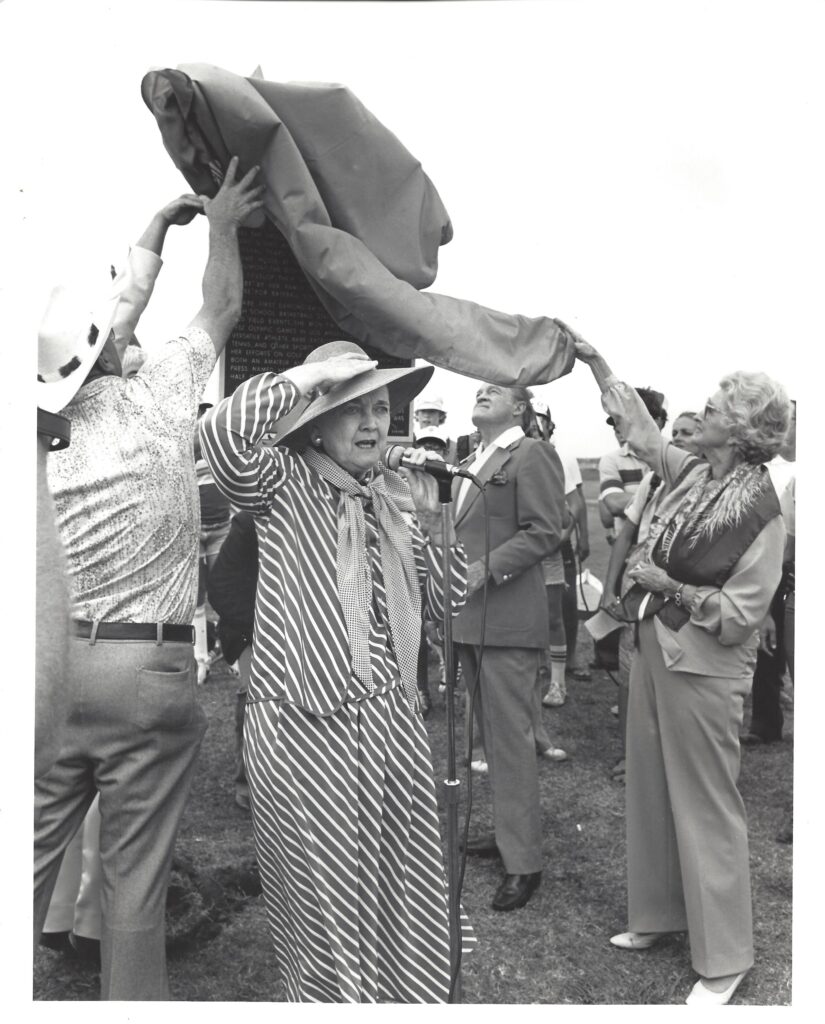
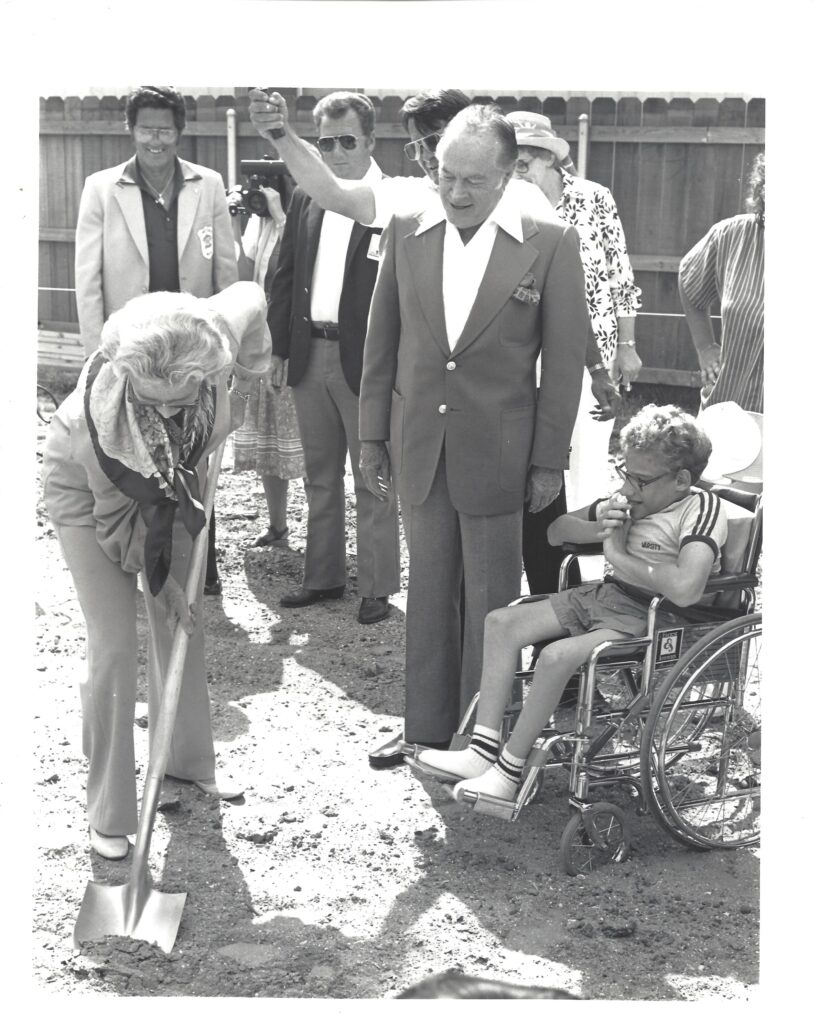
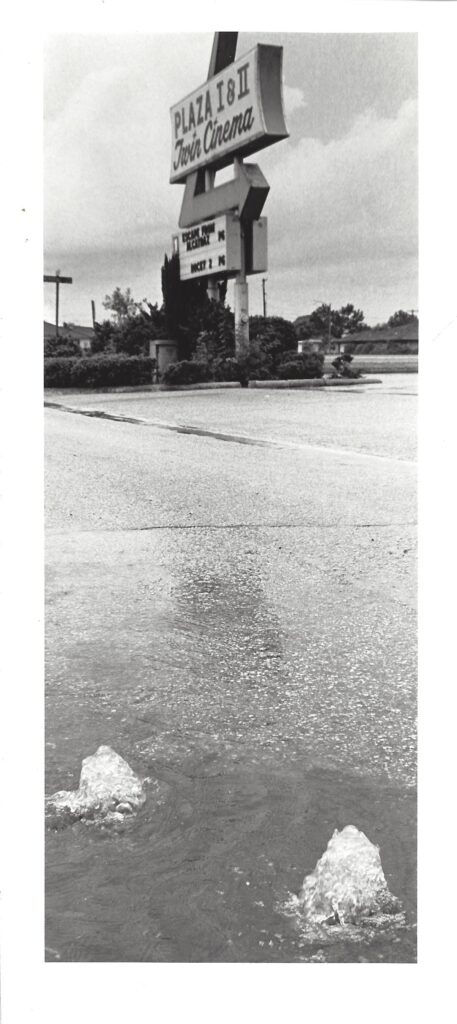
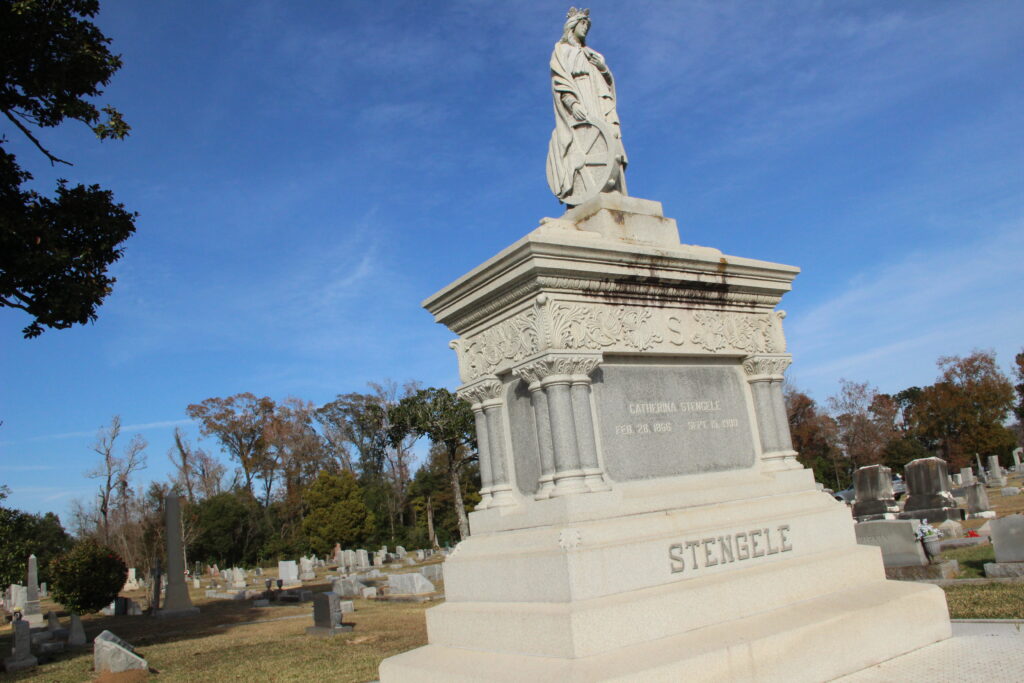

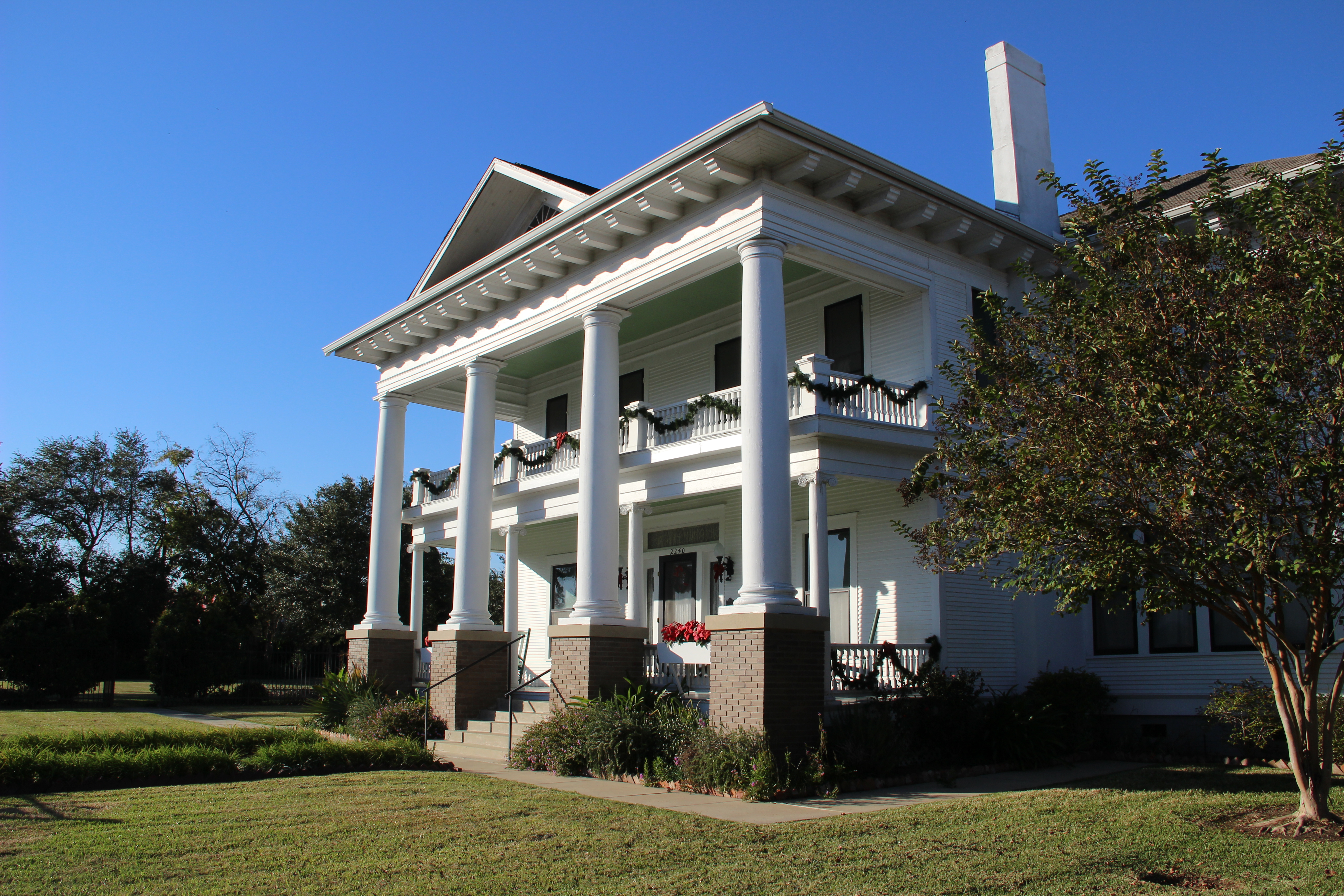

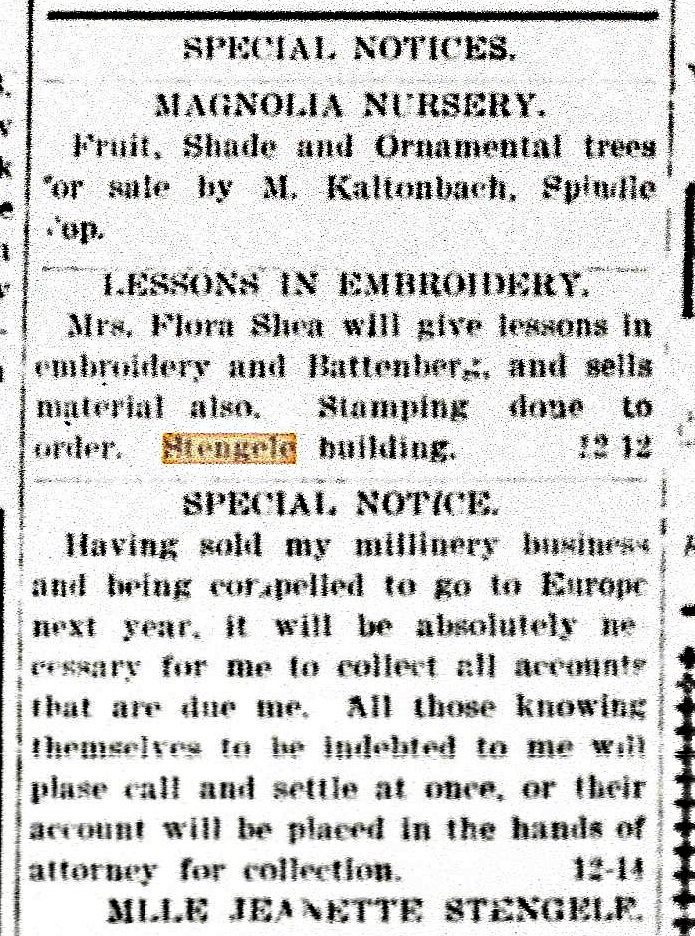



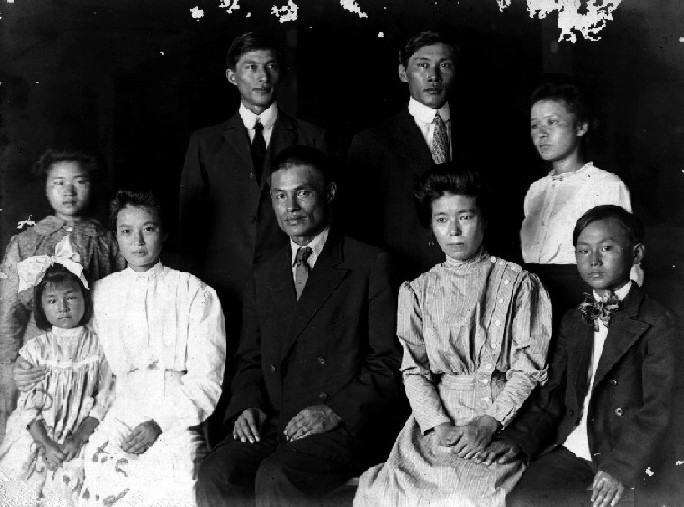
You must be logged in to post a comment.